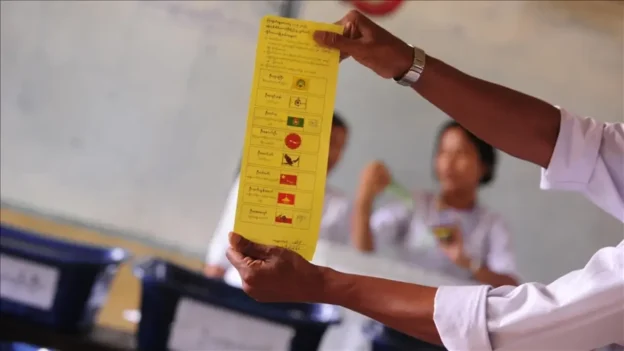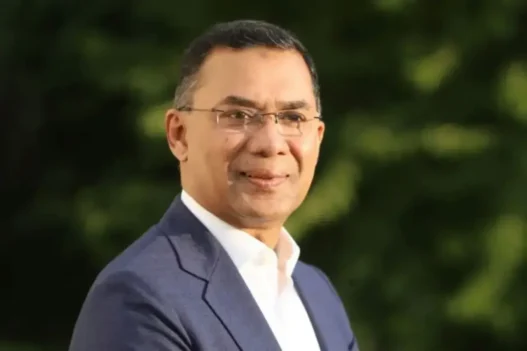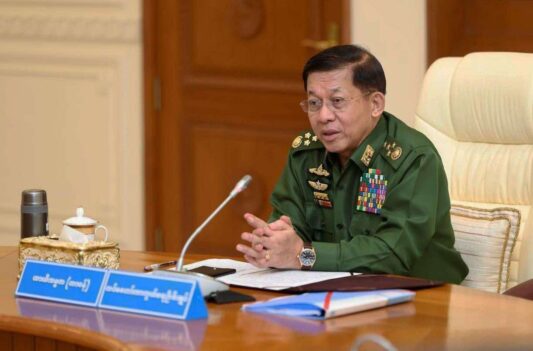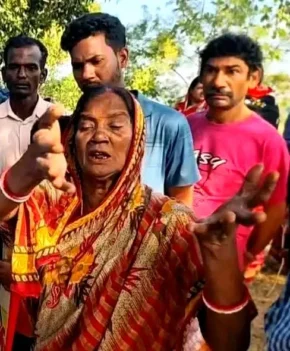New Delhi, 4 August: On the first anniversary of former Prime Minister Sheikh Hasina’s ouster, the Rights and Risks Analysis Group (RRAG) has released a damning report revealing that press freedom in Bangladesh has deteriorated to unprecedented levels under the interim government of Chief Advisor Dr Mohammad Yunus. The report, titled “Bangladesh: Media Freedom Murdered By Dr Mohammad Yunus,” documents a dramatic escalation in attacks, legal harassment, and official intimidation of journalists and media houses since August 2024.
230% surge in attacks and widespread intimidation
According to the RRAG, between August 2024 and July 2025, 878 journalists were targeted in Bangladesh, marking a staggering 230% increase compared to the 383 journalists targeted under Sheikh Hasina’s government during the previous year. “The numbers speak for themselves. What we are witnessing is a systematic campaign against independent media,” stated RRAG Director Suhas Chakma.
The report details a sharp spike in legal action, with 195 criminal cases filed against journalists over the past year—a 558% increase from the 35 cases recorded under Hasina’s rule. RRAG notes that while the previous regime did not resort to denying accreditation to journalists, Dr Yunus’s administration has used this tool as a weapon of reprisal, stripping 167 journalists of their accreditation, many of whom were allegedly associated with the previous government.
Financial coercion has also become a hallmark of the current crackdown. Under Dr Yunus, the Bangladesh Financial Intelligence Unit (BFIU) issued notices to 107 journalists—a practice not recorded during the Hasina era. The report further documents a rise in violence and intimidation: 431 journalists faced physical attacks or criminal threats in the past year, compared to 348 the year before, much of which had been linked to the July 2024 uprising.
Murders, legal persecution, and the digital clampdown
The past months have been particularly dire for media workers. On 25 June 2025, journalist Khandaker Shah Alam, a correspondent for Daily Matrijagat, was murdered in Nabinagar Upazila, Dhaka’s northeast, in what RRAG calls a targeted killing by a notorious local criminal recently released from prison. In another major incident, the Cyber Tribunal of Dhaka issued arrest warrants against three senior journalists on 27 July 2025 under the Digital Security Act (DSA): Bangladesh Pratidin Editor Naem Nizam, publisher Moynal Hossain Chowdhury, and Bangla Insider’s Chief Editor Syed Borhan Kabir. These charges came despite Law Adviser Asif Nazrul’s public declaration in June that all DSA cases had been withdrawn.
Journalists also faced reprisals from media organisations themselves, as in the case of Kongkon Karmaker, who was dismissed as The Daily Star’s Dinajpur correspondent after his reporting on the death of religious minority Bhabesh Chandra Roy was picked up by Indian outlets and referenced by India’s Ministry of External Affairs. RRAG describes such actions as part of a climate of fear and censorship now gripping Bangladesh’s press.
State-sanctioned censorship: “CA Press Wing Facts” and international fallout
One of the most alarming developments highlighted in the RRAG report is the establishment of the “CA Press Wing Facts,” which Chakma describes as “the de facto censorship authority by other means, the manufacturer of the government version of the truth, and a tool to intimidate the media and NGOs including RRAG itself through disinformation.” RRAG warns that this unit, created under Dr Yunus’s government, has institutionalised censorship and severely curtailed freedom of expression.
The RRAG report also draws attention to international involvement—most notably, the £474,468 provided by the British Foreign, Commonwealth and Development Office to strengthen the Chief Adviser’s “capacity on reform management and strategic communications” under the “Bangladesh–Collaborative, Accountable and Peaceful Politics (B-CAPP) Programme.” RRAG cautions that these funds, intended for democratic strengthening, are now effectively supporting the “CA Press Wing Facts,” which RRAG claims has become a model for state-sponsored censorship.
Suhas Chakma points out, “Across the world, fact checking units of governments have been declared as instruments to violate freedom of opinion and expression. The support to the ‘CA Press Wing Facts’ of Dr Yunus is a bad template that poses a risk to the free world.”
Global advocacy and the road ahead
RRAG concludes by stating its intention to approach the international community—including the UK Parliament’s Human Rights (Joint Committee)—to seek a review of continued support for the interim government of Bangladesh. “The international community must not be complicit in the absolute silencing of the media,” the organisation warns.
In sum, the RRAG’s comprehensive report paints a sobering picture: under Dr Yunus, Bangladesh’s press has faced not just an uptick in violence, but the institutionalisation of censorship, intimidation, and legal harassment—amounting to, in RRAG’s words, the “murder of media freedom.” As Bangladesh navigates this critical juncture, the world is watching, and the consequences for democracy and human rights could be profound.







